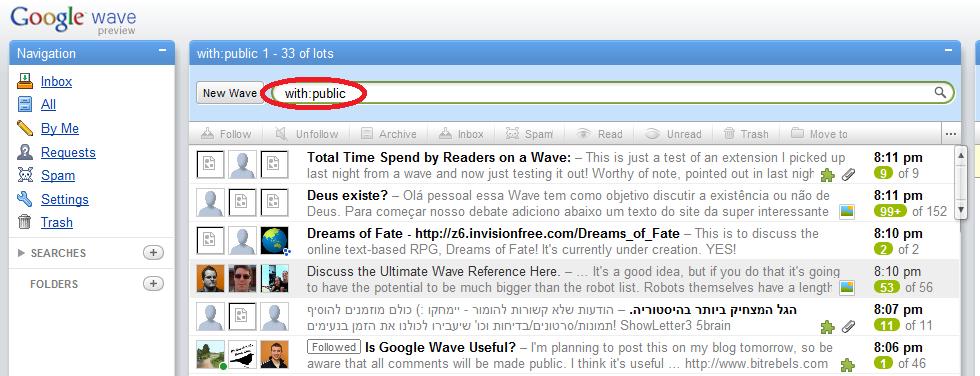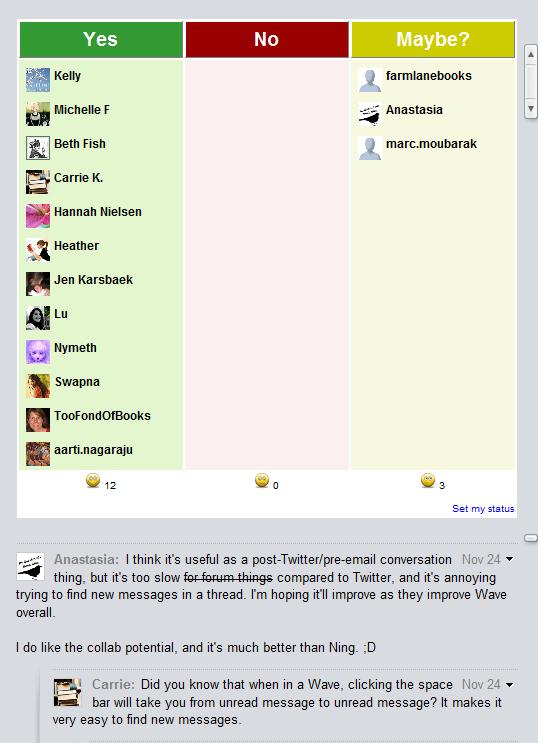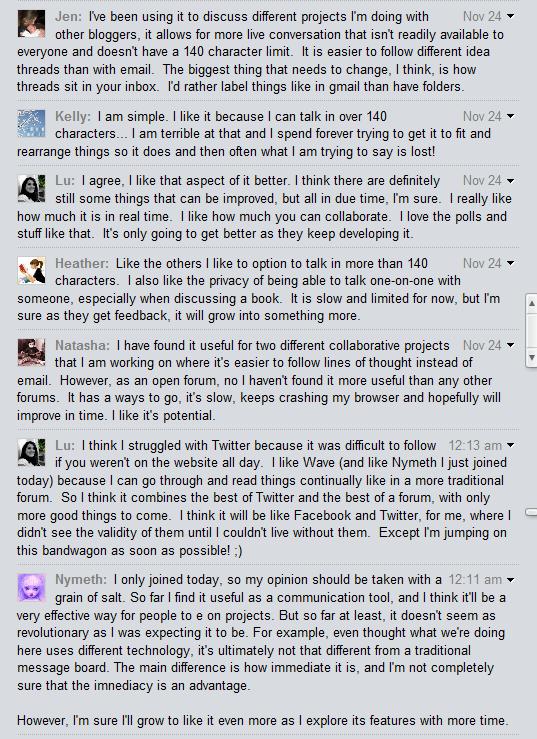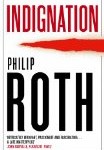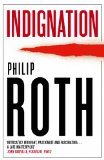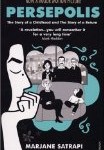Today is Black Friday, one of the busiest shopping days before Christmas, so I thought I’d put together a list of ideas for anyone who is struggling to think of books to buy for their loved ones.
The Gruffalo Jigsaw Book by Julia Donaldson‘); ?>
The Gruffalo is a classic of children’s literature and this jigsaw version is the best copy to have. It is beautiful and the chunky card pages means that it stays that way (as long as you can persuade them not to remove the jigsaw pieces!) Suggested age range: 0 – 6 years
That\’s Not My Bear (and all the other books in this wonderful series) by Fiona Watts ‘); ?>
Babies and toddlers love the different textures in these books and the simple, repetitive nature of the each page means that they quickly learn to recite the words, so they can ‘read’ the books for themselves – giving them an immense sense of achievement. Suggested age range: 0 – 2 years
The Incredible Book Eating Boy by Oliver Jeffers‘); ?>
A story that all book lovers will enjoy reading to younger children. Little ones will be giggling all the way through and they love seeing the place where the back cover has been nibbled! Suggested age range: 3 – 6 years
Return to the Hundred Acre Wood by David Benedictus ‘); ?>
It has been 80 years since Winnie-the-Pooh first went on the shelves, so this authorised sequel is a must for all fans. Suggested age range: 5 – adult
The Invention of Hugo Cabret by Brian Selznick ‘); ?>
This novel in words and pictures is beautiful. It is a gentle mystery that I enjoyed reading, even as an adult. The book is aimed at children between 9 and 12 year old, but my 4 year old boy enjoyed looking at all the pictures too. If I knew anyone 7 – 12 years old, I’d be buying this for them this Christmas.
The Arrival by Shaun Tan ‘); ?>
This is a story without words, but the depth of the emotion contained within the pictures is outstanding. Suggested age range: 10 years – adult
The River Cottage Meat Book – Hugh Fearnley-Whittingstall‘); ?>
This is the best cook book I’ve ever found. It is as much a reference guide, containing everything you’d ever want to know about different cuts of meat, as it is a source of fantastic recipes. Recommended to anyone who enjoys cooking meat.
What the Dog Saw by Malcolm Gladwell‘); ?>
I haven’t read this one yet, but I’d love to receive a copy for Christmas! Malcolm Gladwell’s insight into our every day lives is always fascinating – this will appeal to a wide range of adults.
Miss Pettigrew Lives for a Day – Winifred Watson‘); ?>
If you are trying to find a present for a literature lover then you can’t go wrong with any book from Persephone. You just have to decide whether to go for one from the Persephone Classic range, or one of the grey ones with the beautiful end papers – impossible choice!
I admit that I know nothing about teenagers. Which books will you be buying for the teenagers in your family this Christmas?
Are you planning to buy books for Christmas?
Which books do you recommend?
![]()
![]()
![]()
![]()
![]()

